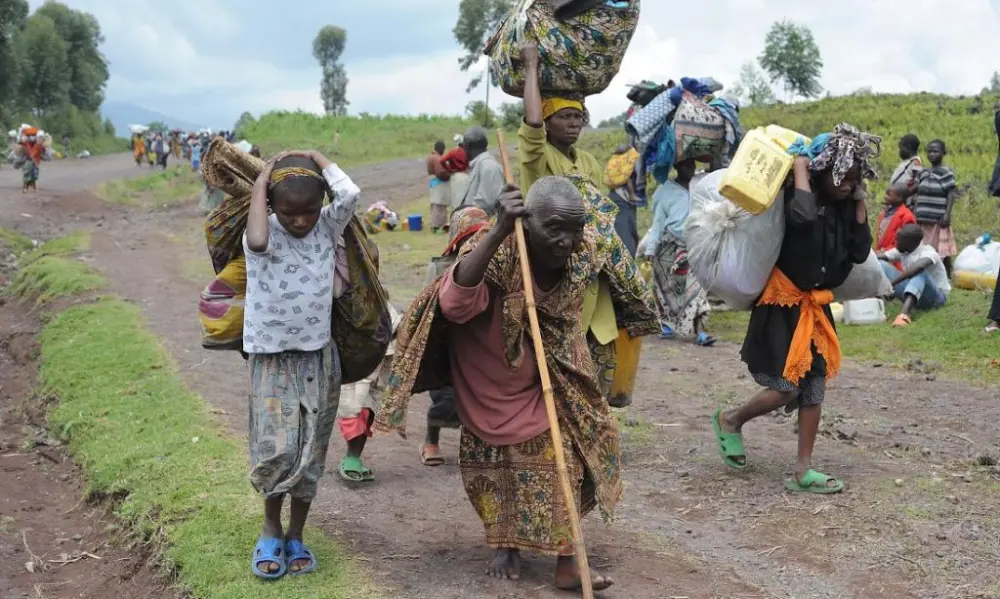Climate Change to Uproot 200 Million People by 2050, Says World Bank Report
Report states Sub-Saharan Africa will have the largest number of internal climate refuges in the next three decades.
While the impacts of changing climatic conditions are being felt across the world, it is safe to say that future will only be grimmer if the phenomenon continues at the current pace. A World Bank report has discovered that climate change can uproot over 200 million people by 2050 and force them to migrate within their countries.
The World Bank’s updated Groundswell report, examining how the impacts of slow-onset climate change such as water scarcity, declining crop yield and rising sea levels could lead to millions of “climate migrants” by 2050 under three distinct scenarios with varying degrees of climate action and development.
Under the grimmest setting, with a high level of emissions and inadequate development, the report predicts up to 216 million people moving within their own countries across the six analyzed regions. Latin America, North Africa, Sub-Saharan Africa, Eastern Europe and Central Asia, South Asia, and East Asia and the Pacific are the regions that will see a surge in climate migrants.
In a climate-friendly scenario, with a low level of emissions and comprehensive, sustainable development, the world still could witness 44 million people forced to migrate.
According to Viviane Wei Chen Clement, a senior climate change specialist at the World Bank and one of the report’s authors, the findings confirm the potential of climate to prompt migration within countries.
Surprisingly, the report did not take the short-term effects of climate change into account, such as the impact of extreme weather events and climate migration across borders.
Moreover, in the worst-case scenario, Sub-Saharan Africa – which is the most susceptible region due to desertification, fragile coastlines and the dependence of the population’s on agriculture – would see the most migrants with up to 86 million people moving within national borders.
The report said that North Africa is expected to have the largest number of climate migrants, with 19 million people moving amid increasing water scarcity in northeastern Tunisia, northwestern Algeria, western and southern Morocco and the central Atlas foothills.
Bangladesh is especially affected by flooding and crop failures, posing a risk of migration for 19.9 million people, including an increasing number of women. Although many experts said that the world is no longer moving toward the worst-case scenario for emissions, the moderate scenario can also have devastating impacts.
Unfortunately, climate change is a major contributing factor in pushing people to move – people affected by conflicts and inequality are more vulnerable to effects of climate change.
The report warned the migration hot spots could materialize within the next decade and exacerbate by 2050. The only possible solutions at this point are adhering to the targets of the Paris Agreement and other environmental laws.
Via: AP News



